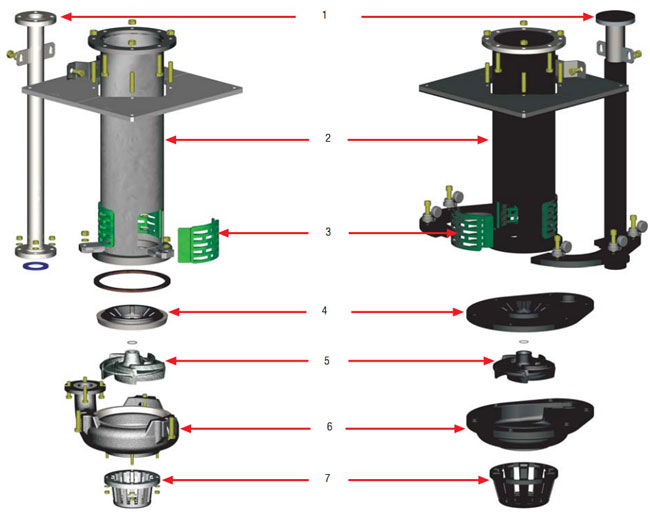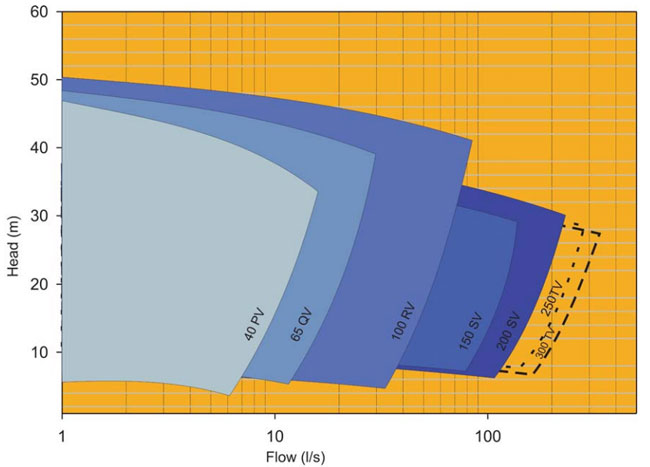Life experience tells us that self-rescuers, air respirators, and oxygen breathing apparatus are essential respiratory protection equipment designed to safeguard the human respiratory system from harmful gases in the environment. These devices are crucial in emergency situations where the air quality is compromised.
When a breathing apparatus fails to supply sufficient oxygen, it can lead to various hypoxic conditions, which may endanger health or even life. In this article, we will focus on the repair and maintenance of self-rescuers, particularly addressing issues related to air leakage. Before starting any repair, it is important to prepare a dedicated repair area of about 10 square meters. The room should be dry, with an absolute humidity below 10g/m³—meaning at a temperature of 20°C, the relative humidity should not exceed 55%. Here’s how to perform a leak repair on a self-rescuer:
First, remove the protective cover of the self-rescuer. Take off the red wrench, carefully pull off the seal, and remove the front and rear sealing tapes along with the belt loop. Then, open the upper and lower shells of the device. Remove the old rubber ring from the upper housing's sealing groove and replace it with a new one. Apply a thin layer of silicone grease on the new rubber ring to prevent aging and ensure a better seal.
Next, place the upper shell back onto the lower shell, reattach the belt loop and sealing tapes, and install a new seal strip (preferably purchased from the original factory). Secure the front and rear sealing tapes, then conduct an airtightness test on the self-rescuer. If there is no air leakage, the seal strips should be soldered or spot-welded for long-term reliability.
The repair process should be quick and efficient. Each self-rescuer should not take more than 5 minutes to repair, as prolonged exposure to moisture can damage internal components and reduce effectiveness.
After the repair, the self-rescuer must be weighed to check for weight gain. A weight increase of no more than 10 grams is acceptable. If the weight gain exceeds 10 grams, the device should be discarded, as it may no longer provide adequate protection.
It is vital that repair technicians follow the proper procedures when maintaining these critical devices. Regular inspections and timely verification by the group company are necessary to ensure the reliability of the equipment. Failure to do so could lead to serious incidents such as gas leaks or other "one-pass and three-prevention" accidents, ultimately resulting in the failure of the self-rescuer during an emergency.
Copyright Statement: This article is a reprint from online media and only represents the author's opinion. It is not affiliated with this site. If you believe that any news or comments infringe upon your rights, please contact us, and we will handle it promptly.
SPR rubber Vertical Slurry Pump
Naipu SPR rubber Vertical Slurry Pumps are vertical, centrifugal slurry pumps submerged in sump to work.They are designed for delivering abrasive,large particle and high density slurries.These pumps have no need of any shaft seal and sealing water. They can also be operated normally for insufficient suction duties.Wet parts of type NP-SP pump are made of abrasion-resistant metal. All parts of type NP-SP(R) pump immersed in liquid are lined with rubber outer liner.They are suited to transport non-edge angle abrasive slurry.
Typical Applications---
Sump drainage washdown
Floor drainage
Mill sumps
Carbon transfer
Monitoring
Magnetite mixing
NP-SPR Construction Drawing

Main Part Number At The Drawing
|
1.Discharge Pipe
2.Column 3.Strainer 4.Back Liner |
5.Impeller
6.Pump Casing 7.Lower Pipe |
Materials of Construction
|
|
IMPELLERS |
CASING |
COLUMN |
DISCHARGE |
SEALS |
|
Standard |
High Chrome Alloy Rubber |
High Chrome Alloy Rubber |
Mild Steel |
Mild Steel |
Natural Rubber |
|
Options |
Butyl |
Neoprene |
Neoprene |
Neoprene |
Nordel |
Selection Chart

SP SUMP PUMP PERFORMANCE PARAMETERS
|
Type |
Allowable Mating Max. Power(Kw) |
Range Of Performance |
Impeller |
|||||
|
Capacity/Q |
Head/m |
Speed/rpm |
Max Efficiency/% |
No. of Vanes |
Impeller Diameter/mm |
|||
|
m³/hr |
L/S |
|||||||
|
40PV-NP-SP |
15 |
19.44-43.2 |
5.4-12 |
4.5-28.5 |
1000-2200 |
40 |
5 |
188 |
|
65QV-NP-SP |
30 |
23.4-111 |
6.5-30.8 |
5-29.5 |
700-1500 |
50 |
5 |
280 |
|
100RV-NP-SP |
75 |
54-289 |
15-80.3 |
5-35 |
500-1200 |
56 |
5 |
370 |
|
150SV-NP-SP |
110 |
108-479.16 |
30-133.1 |
8.5-40 |
500-1000 |
52 |
5 |
450 |
|
200SV-NP-SP |
110 |
189-891 |
152.5-247.5 |
6.5-37 |
400-850 |
64 |
5 |
520 |
|
250TV-NP-SP |
200 |
261-1089 |
72.5-302.5 |
7.5-33.5 |
400-750 |
60 |
5 |
575 |
|
300TV-NP-SP |
200 |
288-1267 |
80-352 |
6.5-33 |
350-700 |
50 |
5 |
610 |
Spr Rubber Vertical Slurry Pump,40Pv Rubber Slurry Pump,65Qv Rubber Vertial Pump,100Rv Rubber Slurry Pump
Shijiazhuang Naipu Pump Co., Ltd. , https://www.naipu-pump.com